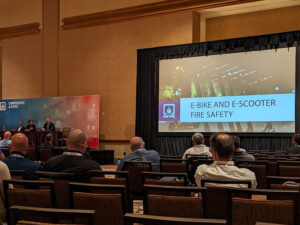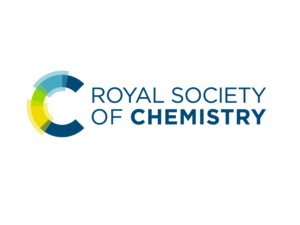Air Pollution From Wildfires Can Cause Serious Health Problems

By: Sumeet Saksena, EWC senior fellow, Jim Zhang, professor at Duke University, and Dr. Marilyn Black, vice president and senior technical advisor, Chemical Insights Research Institute
This commentary first appeared in the Honolulu Star-Advertiser on Nov. 19, 2023.
Despite earlier studies highlighting Hawai‘i’s wildfire risks and previous close calls with wind-driven fires in West Maui, the severity of the tragic Lahaina blaze came as a shock to virtually everyone. To be sure, we will no longer take those risks lightly.
But one risk factor from wildfires that still has not received much attention in Hawai‘i is that of widespread air pollution, which can reach dangerous levels even from more remote fires, such as the recent one near Mililani Mauka. The fact is that even smaller fires can create enough toxic smoke to cause air quality to deteriorate to unacceptable levels as defined by the EPA and the World Health Organization.
The primary air pollutants from wildfire smoke are particulate matter, carbon monoxide, nitrogen dioxide, and volatile organic compounds. Elevated levels of these pollutants can be measured not only from the immediate vicinity of an active fire but even hundreds of miles downwind. During this summer’s Canadian wildfires, for example, fine particulate matter reached levels nearly ten times the EPA daily standard in Durham, North Carolina, more than a thousand miles away from the fire.
According to news reports, Maui and Honolulu authorities rapidly deployed devices to monitor particulate levels during and after the fires and have attempted to create an early warning system to protect the health of school children. However, these devices do not measure hazardous organic toxins, including strong pulmonary irritants and carcinogens.
Wildfires in rural and uninhabited areas are fed mainly by vegetation, resulting in smoke heavy in particulates. But when a fire expands to consume homes and other buildings, air emissions and fire residues can become more complex, with additional toxins such as lead, arsenic, asbestos, cyanates, and other compounds. Such air pollutants, which can be transported hundreds of miles from the fire, are well known to cause respiratory and cardiovascular illnesses and deaths. Wildfire episodes have been associated with increased emergency room visits from asthma, COPD, and other cardiopulmonary illness.
In addition, fine dust and residues can contaminate neighboring homes, enter water systems, and endanger ecosystems. Children’s exposure to fine dust from a fire is of particular concern, since they often play low to the ground, have frequent hand-to-mouth contact, and have high breathing rates.
We are concerned that health effects associated with fires disproportionately impact Native Hawaiian, Asian, and Pacific Islander populations. On O‘ahu, for example, a large proportion of Native Hawaiians reside along the dry leeward coast, which is especially fire-prone. And recent studies have demonstrated that Native Hawaiians are also disproportionately affected by asthma, which can be aggravated by smoke pollution. Similarly, the Lahaina fire disproportionately impacted the area’s high population of people of Filipino origin.
On Maui, people living downwind of the burned areas are going to be breathing re-suspended ash and dust for some time, and the four schools in the vicinity raise particular concern. Also, we don’t know much about the long-term effects on indoor air quality when houses are rebuilt on soil than can still produce toxic gases, which could potentially seep into living spaces.
With the lingering toxic dust, homeowners and schools in the affected area would be well advised to adopt protective cleaning practices such as the use of walk-off mats, microfiber or anti-static mops and dusters, and vacuum cleaners with HEPA filtration. Commercial air filters or even home-made box fan air cleaners can also be effective in helping to remove contaminated particles in the air. In addition, potentially affected schools should be provided with funds to invest in long-term continuous monitoring of particulates and organic compounds in classrooms and play areas.
For residents, better awareness of the health effects of smoke associated with fires can lead to more informed decisions about protecting yourself and your loved ones. And for officials, the long-term health costs associated with air pollution from a fire should be an important factor in policy decisions about investing in fire prevention.
PUBLISHED









